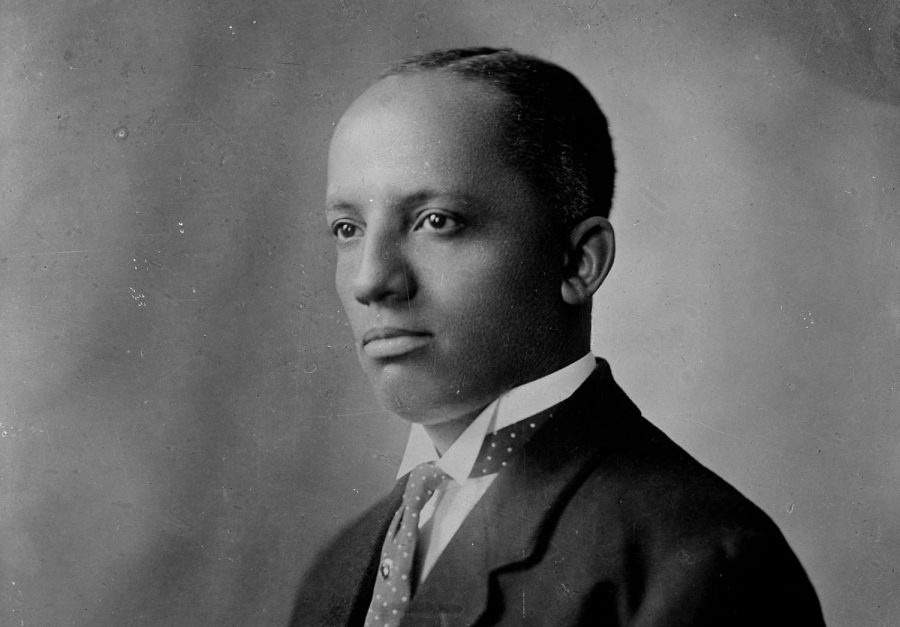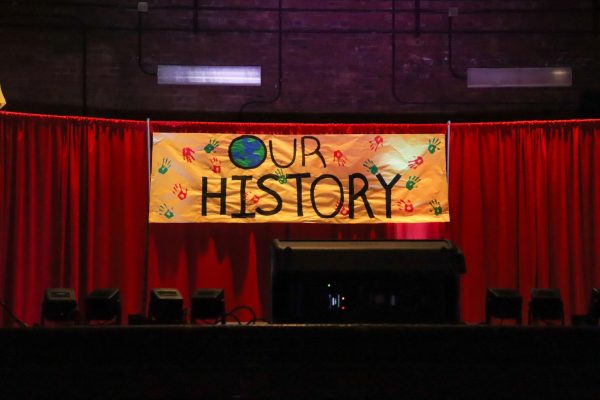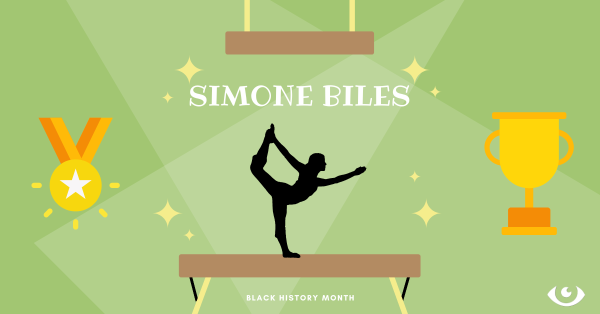BHM: Behind Black History Month’s beginnings
Carter G. Woodson is the man whose work led to the creation of Black History Month.
February 25, 2023
Black History Month is an annual celebration of the history, culture and achievements of African Americans that spans through February. American historian, journalist and author Carter G. Woodson founded Black History Month in 1976.
Woodson was born in 1875 to parents who were former slaves. Growing up, he would help at his family farm. But as he got older, he began working in a West Virginia coal mine to support his father. By the age of 17, Woodson was self-taught in basic school subjects, and he finished high school within two years after enrolling at the age of 20.
Before earning his master’s degree in Literature from Berea College in Kentucky, Woodson taught at a school located in Winona, West Virginia and later a school principal at Douglas High school, where he began his school career. After graduating from college, he traveled to the Philippines where he became a school supervisor and later went on to travel throughout Europe and Asia.
Woodson earned a master’s degree in European history from the University of Chicago and became the second Black American to gain a PhD from Harvard University, following W.E.B. Du Bois. He published many books about Black history in his lifetime, including “A Century of Negro Migration” (1918), “The Negro in our History” (1922), “The Mis-Education of the Negro” (1933) and many others.
After Woodson was denied entrance for attending the American Historical Association Conferences despite being a paying member of the institution, he claimed that the association, which was made up by a white member majority, often overlooked or even denied the achievements and history of African Americans. Woodson decided he had to develop his own organization to focus on the recognition of Black accomplishments. In 1915, Woodson founded the Association for the Study of Negro Life and History in Chicago. The mission of the association was described as the scientific study of the “neglected aspects of Negro life and history.”
In 1926, Woodson launched the first glimpse of what is now Black History Month. He declared that the second week of February be known as Black History Week. He chose this week as it collided with the birthdays of Abraham Lincoln, who issued the Emancipation Proclamation of1863, and Frederick Douglass, African American abolitionist and author of one of the most famous memoirs. The week was to be used as a time to focus on and acknowledge the achievements and history of Black Americans that were so often ignored.
During the 1960s civil rights movement, the push for the week to be turned into a month was prevalent in the fight for equal rights for Black Americans. Social activists of the time thought it was crucial for Black history to be celebrated for longer than a week. In 1976, President Gerald Ford officially extended the celebration of Black history to the month-long annual honorary celebration that we know now.
Although Woodson wasn’t able to witness the shifts and growth of Black History Month, his legacy and accomplishments can be seen all over the world.


















